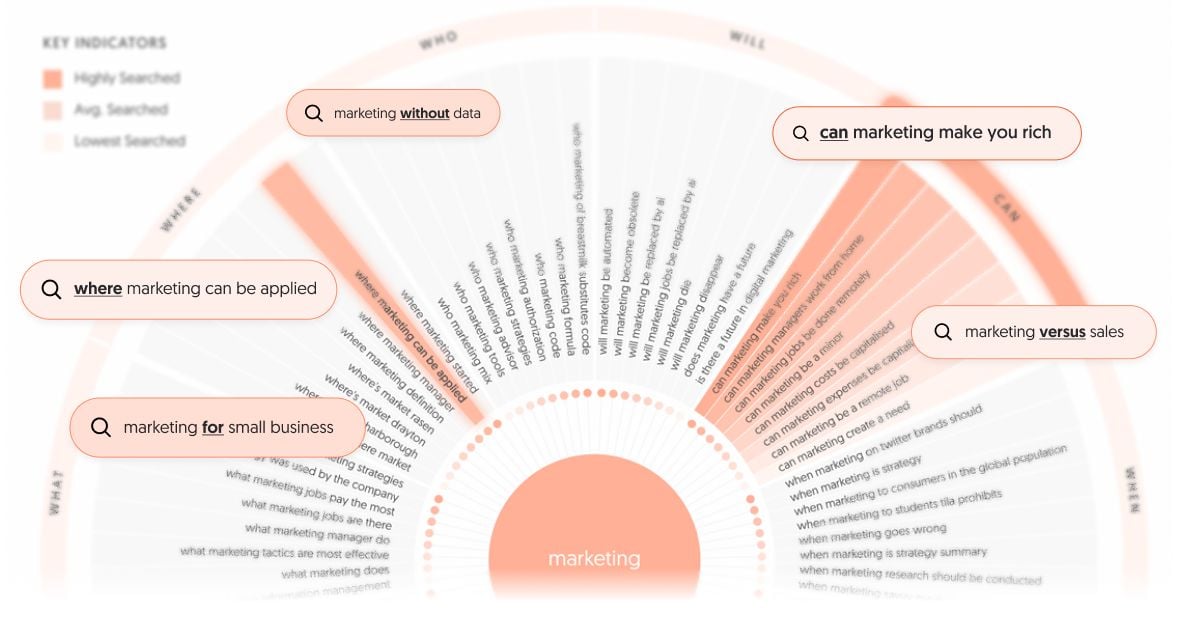The Future of Voice Search: Implications for Small to Medium Businesses
Meta Description: As voice search continues to grow, discover its implications for small to medium businesses and learn actionable insights to stay competitive in the digital landscape.
In the rapidly evolving digital world, small to medium businesses (SMBs) must stay ahead of the curve to thrive. One of the most significant shifts in consumer behavior today is the rise of voice search. Voice search is not just a passing trend—it's reshaping how consumers interact with technology and search for information. This blog post explores the future of voice search and its implications for SMBs, identifying actionable strategies that can empower businesses to adapt.
Before we dive in, allow me to introduce myself. My name is Lukas Novak, an SEO Specialist with over 5 years of experience in digital marketing. I have helped over 20 businesses optimize their SEO performance, and I'm passionate about exploring how emerging technologies transform the marketing landscape.
The Current Landscape of Voice Search
Statistics indicate that approximately 50% of all searches will be conducted via voice by the end of 2023. This rapidly growing trend is largely driven by the increased adoption of voice-activated devices such as smart speakers, smartphones, and digital assistants. According to a report from the Pew Research Center, about 30% of adults in the U.S. own a smart speaker, a number that has steadily risen year over year.
Popular Devices and Voice Assistants
Today’s popular voice-activated devices include:
| Device | Market Penetration Rate |
|---|---|
| Amazon Echo | 70% |
| Google Nest | 25% |
| Apple HomePod | 5% |

Voice assistants like Siri, Google Assistant, and Alexa have become integral parts of daily life for many consumers, providing a seamless way to search, shop, and interact with technology. Businesses need to recognize their influence and adapt their strategies accordingly.

Changes in Consumer Behavior
User Intent and Preferences
Voice search often reflects a more conversational and nuanced way of asking questions. Users typically form complete sentences or questions rather than typing simple keywords. For instance, while a traditional search might involve a query like "best pizza," a voice search might be phrased as, "Where can I get the best pizza near me?" This transition to natural language signifies the need for businesses to cater to this evolving search behavior.
Local Search Trends
Voice search has dramatically shifted local search dynamics. 76% of voice search users look for local businesses, with 28% of those searches resulting in a purchase, as noted by Google. SMBs need to focus on local SEO to capture this audience effectively.
SEO Optimization for Voice Search
Actionable Tips
To ensure your business remains visible in voice search results, consider implementing the following strategies:
- Target Conversational Keywords: Identify long-tail keywords that mirror how customers naturally speak.
- Utilize Schema Markup: Implement structured data to enhance how search engines process and display your content in voice search results.
- Optimize for Mobile: As a significant portion of voice searches occurs on mobile devices, ensure your website remains mobile-friendly.
Practical Tools for Optimization
To help with the optimization process, SMBs can use tools such as:
| Tool | Functionality |
|---|---|
| AnswerThePublic | Find conversational keywords and questions |
| SEMrush | Analyze competitors and industry keywords |
| Google Keyword Planner | Discover popular keywords and search volumes |

Evolving Search Algorithms
Search algorithms are continually evolving in response to the increased use of voice search. Recent updates to Google's algorithms, such as BERT and MUM, prioritize understanding user intent and delivering more personalized results. As these advancements shape the search landscape, it becomes essential for content creators and marketers to stay informed and adapt their content strategies.
Case Studies and Examples
Success Stories from SMBs
Several small to medium businesses have already successfully leveraged voice search optimization. For example, a local bakery implemented a local SEO strategy, optimized its Google My Business profile, and targeted common voice search queries. As a result, they saw a 40% increase in foot traffic from local customers.
Industry Examples
Industries like hospitality, retail, and local services have felt the impacts of voice search most prominently. A local restaurant optimized its online presence for voice queries and, as a result, experienced a boost in online reservations and customer inquiries.
Future Predictions
Industry experts predict voice search will continue to integrate more deeply into our daily lives as technology advances. The rising use of AI and machine learning will result in even more personalized search experiences. Businesses must be prepared for these changes to stay ahead.
Expert Opinions
Experts foresee that by 2030, voice search could account for as much as 75% of searches, highlighting the importance of adapting to this technology sooner rather than later.
Building Trust Through Transparency
When discussing data and statistics, it’s crucial to cite credible sources. Providing links to reputable studies supports your claims and establishes your authority in the subject matter. Encourage readers to engage by sharing their experiences with voice search, fostering a community of discussion and knowledge-sharing.
Conclusion
Voice search is reshaping consumer behavior and the digital landscape, and small to medium businesses must adapt to remain competitive. Start by optimizing for local SEO and experimenting with conversational keywords. As voice search continues to grow, so too should your understanding and strategies.
For more insights on optimizing your digital presence and keeping up with the latest trends in marketing, consider subscribing to our newsletter or exploring our related articles. The future is voice-driven—don’t miss out on the opportunity to leverage this technology for your business!
